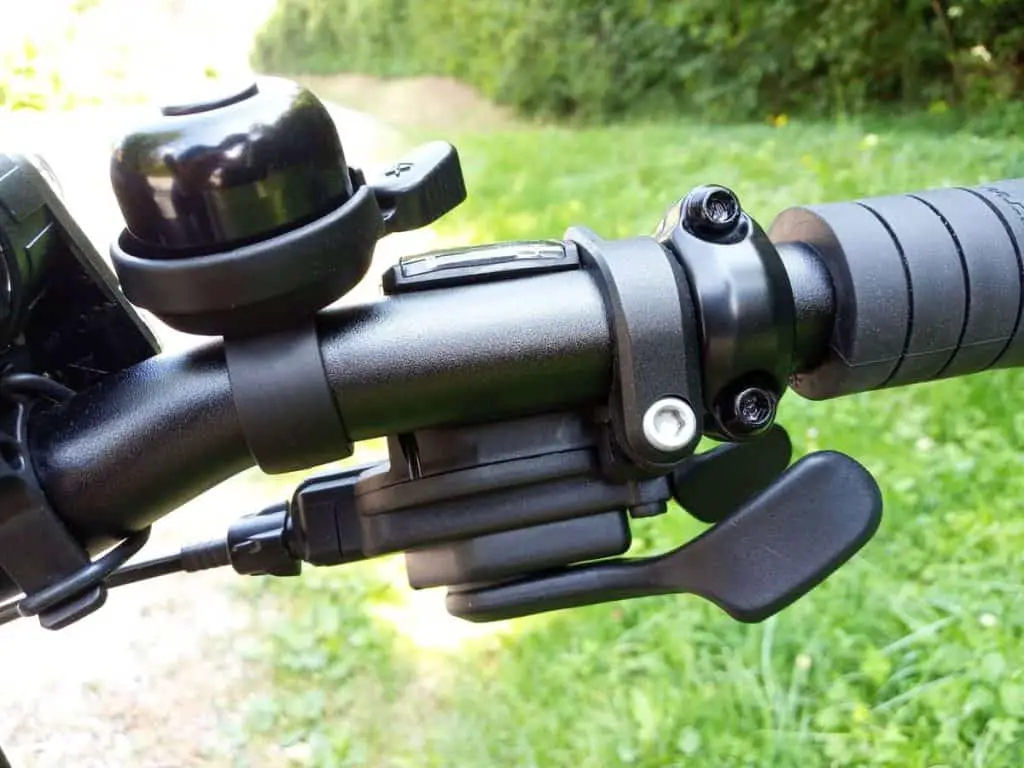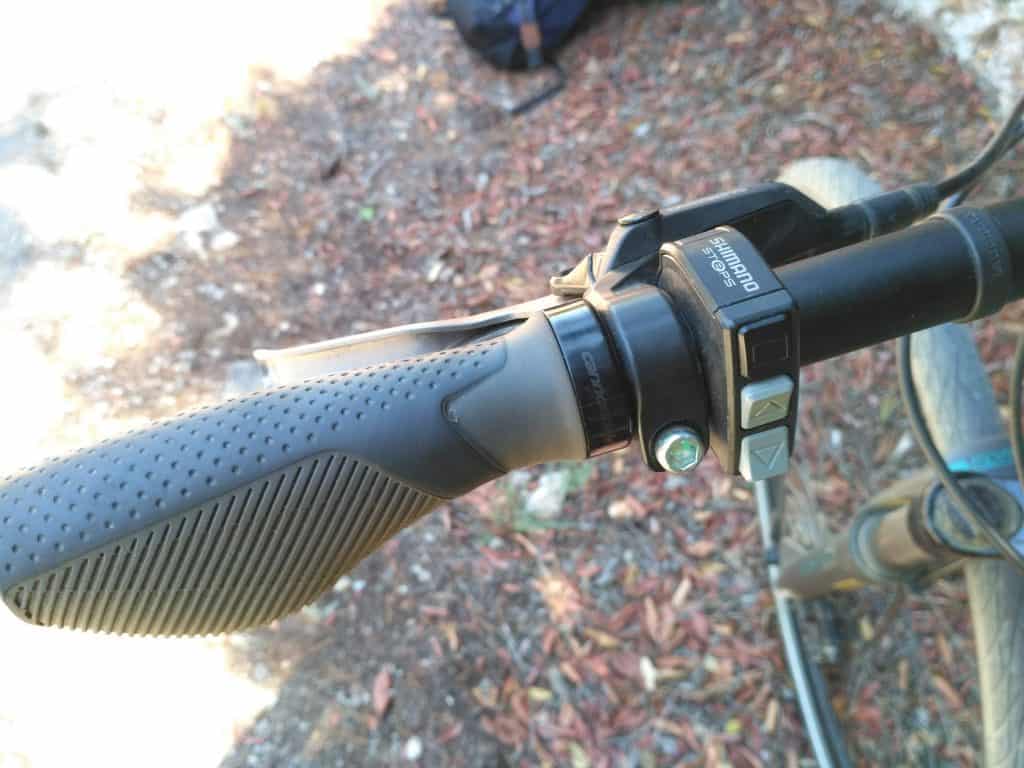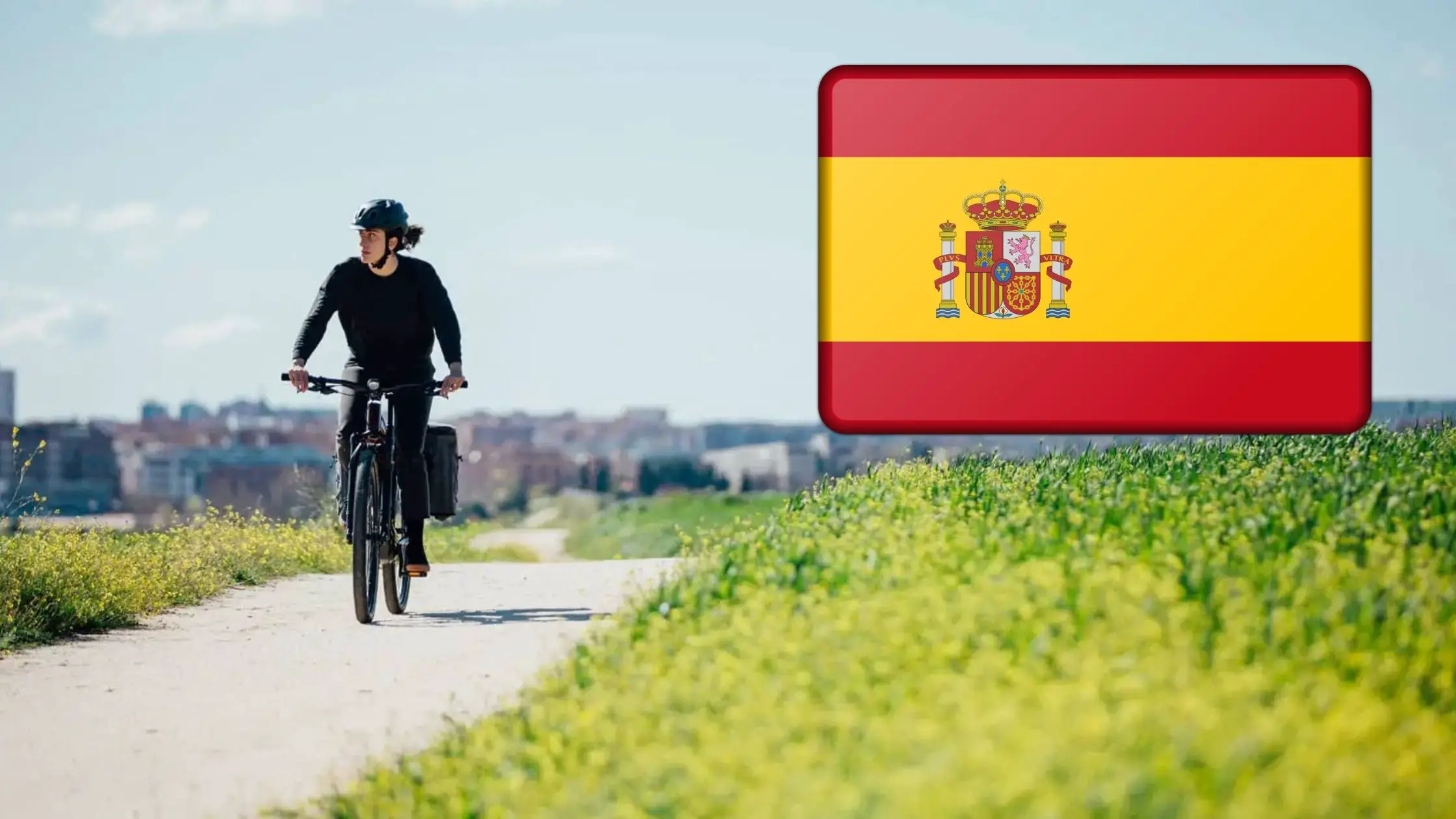Last Updated on January 9, 2023 by Igor Karni

It is not a secret that most electric-assisted bicycles, similar to conventional ones, have multiple gears that allow adjusting pedaling effort passed to the wheels. While principles of using gears are similar, both for conventional bikes and for electric ones, there are a few details that are not exactly the same.
How to use gears on an electric bike? Use the left gear shifter to change electric assist levels. Use the right gear shifter to change mechanical gears. Lead with changing electric assist levels. Then follow with changing mechanical gears to obtain your optimal level of pedaling effort.
Further questions arise. What are the electric assistance gears? What are the mechanical gears? How many gears are there? Is there the best gear shifting technique for electric bikes? Let’s spend a few minutes understanding the electric bike gearing system and how to use gears.
What are the e-bike gears?
Gears are the same as speeds – a bike with 24 gears is a 24-speed bike. Electric bikes generally have 1, 3, 18, 21, 24, 27, 32, or even 40 speeds. Lower numbers are the low gears, and higher numbers are the high gears. The first gear is low gear. Twenty-fourth gear is high gear. Pretty easy so far.
Shifting gears is going from one gear to another. You shift gears by sliding or clicking the shifter on the handlebars. This shifts the chain onto a different-sized ring (or increases/decreases electric power output). Downshifting means going to a lower gear, and upshifting means going to a higher gear. You can also say shift down and shift up.
On an e-bike, the left shifter is responsible for shifting electric assistance levels and the right shifter takes care of shifting mechanical gears.
For mechanical gears, the right shifter is connected to a cable, which is hidden in protective housing. As you click through (or turn) the gears, this cable is tightening and loosening, applying more or less force to the mechanism that moves your e-bike’s chain up and down on the cassette or chainrings.
What are the electric assistance gears?
The level of electric assistance is controlled via a control block, mounted on the handlebar. Usually, on the left side. This control block typically has a combination of Up (Plus) and Down (Minus) buttons.
There is still no single standard. Different electric assistance systems have a bit of different terminology. In a nutshell, there are always low, medium, and high levels of assistance with Up (or Plus) giving more electric assistance, and Down (or Minus) offering less.

For example, Bosch electric assistance system has levels of: OFF > ECO > TOUR > SPORT > TURBO, while Shimano uses OFF > ECO > NORMAL > HIGH.
Each electric assistance system (Bosch, Yamaha, Shimano or other) complements with giving you more electric power, depending on how hard you are pushing on the pedals and depending on the assistance level selected.
Bosch, for example, gives you:
| Electric assistance level | Additional power |
| ECO | +40% |
| TOUR | +100% |
| SPORT | +150% |
| TURBO | +225% |
How to understand gear numbers?
One of the most difficult things about learning how to shift gears is the terminology. The rest is just about practice. Let’s get the terminology easy and straight from the start.
Low gear is easy, which is good for climbing. Low gear uses the most electric assistance power and the largest cog on your rear wheel cassette (rear or mechanical gears). In this position, the pedaling will be the easiest and you’ll be able to pedal uphill with the smallest amount of resistance. To get into this position, you downshift.
Read also: Can e-bikes help climb steep hills? And, How safe are electric bikes?
High gear is hard, which is good for descending. What is confusing, is that the highest electric assistance gear on your bike is when there is no electric assistance at all. When electric assistance is switched off. This is counterintuitive.
The highest mechanical gear uses the smallest cog on your rear wheel cassette (rear or mechanical gears). In this position, pedaling will take the most effort and you will be able to accelerate downhill. To get into this position, you upshift.
Referencing rear gears applies to electric bikes with mid-drive and front-drive motors, which represent a good majority of e-bikes, manufactured today.
Shifting gears on an electric bike
For each electric assistance level, most e-bike models have multiple corresponding mechanical gears. As an example, my wife’s e-bike has eight mechanical speeds for each electric assistance mode. Four electric assistance modes and eight mechanical speeds give 32 different speed combinations. Not a small number!
For example, even on the first electric assistance level (ECO mode), when minimal electric assistance is provided, one can use eight different speeds, which will suit a variety of terrains and training levels of a cyclist.
As you start off cycling with electric assistance, the motor will very quickly start assisting you at the selected preset level.
Read also: Front, mid-drive, or rear e-bike motor. Which one to choose? And, What is the difference between e-bike motors?
Once your pedaling speed (it is also called, cadence) increases above a comfortable level, shift your mechanical gears (right shifter) to the next hardest setting while continuing to pedal. Remember to keep pedaling when changing gears.
You will hear the motor temporarily reduce power while the shifting is performed. The motor will then restart. This temporary power reduction protects the motor. It will then quickly resume its assistance.
Continue to pedal and again, when your pedaling speed has increased enough, shift gears again. Repeat this process until you reach a speed you are comfortable with.

Right or left shifter to use?
As you pedal along, which shifter to use when? When to use the left one and when the right one?
An easy rule is, if you need a big change, use your left shifter (electric), meaning change electric assistance level. If you need a small change (mechanic), use the right shifter, meaning change mechanical gears.
As you practice more and become more comfortable with your e-bike, you will get a better feeling for whether you need a big change or a small change.
Tackling hills on an e-bike
Naturally, you will find that you will need to increase the electric assistance level when you come to a hill. If you are in a lower assistance setting, your speed is likely to begin to decrease as you start climbing the hill.
To overcome this slowdown, keep pedaling and change into a lower mechanical gear first (one that is easier to pedal). Then increase the level of electric assistance (for example, from ECO to TOUR).
As you start going downhill, decrease the electric assistance level first (for example, back from TOUR to ECO) and then upshift mechanical gears (right control on the handlebar). This will allow you to pedal slower, but with more force.
Stopping on an electric bike
As you are riding along, changing gears, and adjusting assistance levels, how do you stop?
To prepare to stop, remember to start shifting into easier mechanical gears while pedaling as you slow down. It is a good practice to remain in the correct gear prior to stopping. Adjust the electric assistance level as well before you stop. Although, this can also be done while already stationary.
And, not least, do not forget to apply the brakes!
Read also: What are the differences between e-bike batteries? And, How to properly store an electric bike?
Dos and don’ts when switching gears
Change to an easy mechanical gear before you stop
If your e-bike has a rear gearbox, you need to change into an easier gear before you come to a complete stop. When shifting down you need to keep rotating the pedals to make sure the gears are fully engaged. This can also be done while rolling or coasting to a stop, as long as the pedals are being turned.
Do not change mechanical gears while stationary
If you forget or do not have enough time to change to a lower gear before stopping, you will have to start off in a higher gear. This is not a big trouble. Once you start rolling, you can then reduce your pedaling effort and shift down to an easier gear.
Yes, you can shift electric assistance modes when stopped
Contrary to mechanical gears, it is no problem to change the level of electric assistance while you are stopped. For example, if you are stopped at a road light while traveling on SPORT mode, you can downshift to ECO and start off at a more comfortable speed.
Or, you can keep the electric assistance level to TURBO, if you want to accelerate as quickly as possible when the light goes green.
Is there the best gear shifting technique?
Easy Tip: I found that keeping a steady pedaling effort and switching often could well be the best e-bike gear shifting technique out there.
Some cyclists decide to put too much power onto their pedals as they climb up a steep hill. Or use a gear that is too easy for the descent they are riding. For easy riding, your goal should be to keep your pedaling speed (cadence) as consistent as possible.
This requires balancing electric power and your own pedaling force in a smooth combination. This, in turn, suggests not using one electric assistance level and one mechanical speed but shifting often for increased efficiency while riding.
Begin to shift into easier mechanical gears with your right hand early in the process. This will help you keep a steady pedaling rhythm. Remember, your right hand is for small changes.
Read also: How to select the best e-bike for your needs? Making your educated e-bike selection choice – and also in this article. And, How much does a good e-bike cost? Comprehensive e-bike pricing guide (with 46 examples).
If you find that your pedaling pace is slowing significantly, you will likely need to increase the electric assistance level to tackle the big climb ahead.
When shifting mechanical gears, put a little more power into your pedal stroke right before you shift gears. Then, reduce pedaling effort as you shift. This will help your bike’s gear shifting mechanism with less pressure on your chain during the shift.
Hope this helps a bit. Happy shifting and learning to use the full potential of both electric modes and mechanical gears!
Igor is a sustainable mobility and green energy advocate. His mission for Easy E-biking is to help make electric cycling simple, practical, and fun. Follow him on Facebook and LinkedIn.





